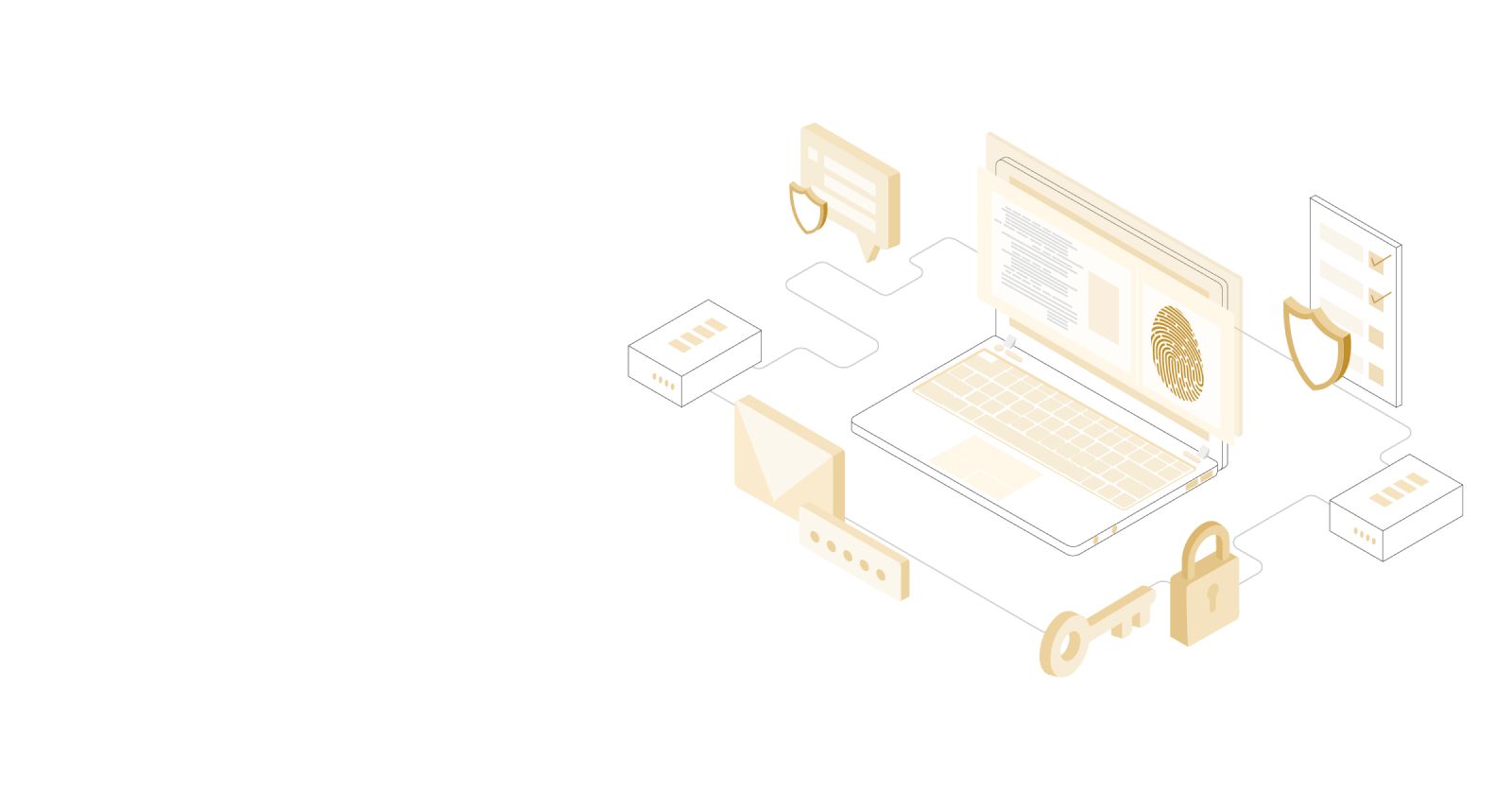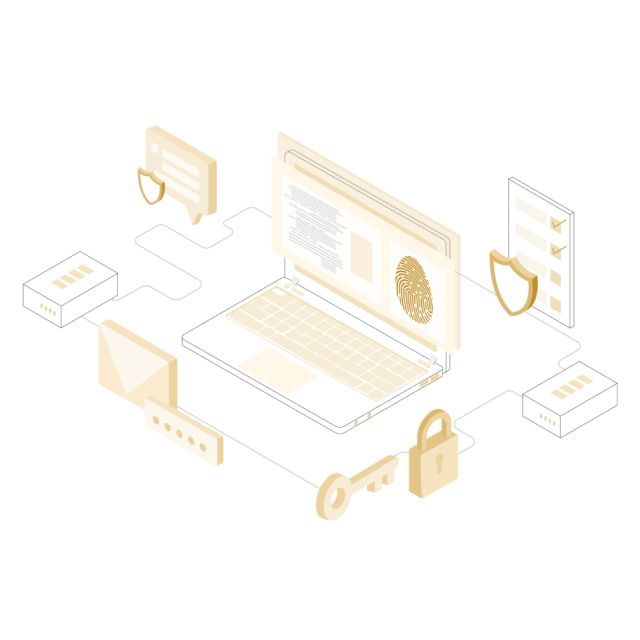Essentials of Cybersecurity Solutions

Essentials of Cybersecurity Solutions

Essentials of Cybersecurity Solutions
In today’s world, human practices in cybersecurity and climate change are both deteriorating by the day. Unfortunately, this can escalate and exacerbate very quickly, and the repercussions of both can primarily affect human existence. In other words, a lack of eye for detail in cybersecurity can result in substantial personal and financial loss, and continued interest in carelessness can lead to an apocalypse. But for now, let’s focus on cybersecurity and leave the climate change issue for the governments to deal with. As technology and innovation reach new heights in the world of cybersecurity, the threats circumventing these inventions are soaring too. The time for companies to act promptly to safeguard their digital crown jewels is now. Financial loss, personal loss, disrepute of a hard-earned brand image, and multiple such downsides of not acting well before time will only grow an organization’s list of regrets if security is not a bullet point of focus. Therefore, the best way forward for enterprises is to invest in essential cybersecurity solutions that are “must-haves” for their organization. However, the buck doesn’t stop here. This is the exact moment when businesses must start investing their time and money in strategizing the mandatory cybersecurity tools needed to keep cyber threats at bay. Not to mention this is a bit of a challenge. Businesses and firms are under the impression that the security measures currently in place are enough, which is an incorrect perspective.
Here are some ways how businesses can determine and assess their security posture:
- What are the Threats in the Business?
- Please list all the vulnerable entry points within their infrastructure.
- Understand what data flows in and out of those entry points.
- What type of data is expected shortly?
- Who can access what?
- Could you find a way to secure them?
Once a broad security assessment is completed, business executives and subject matter experts (SMEs) must get together for a brainstorming session to identify which areas are the most vulnerable. Areas with the prime focus. Areas can be ignored for the time being. In a nutshell, understand the organization’s security risk tolerance. With that said, several vulnerable entry points are often used by attackers and hackers to intrude in an organizational network. These tools can perform deep analytical analysis for your security teams in finding real threats. Some can be precisely relevant to your organizational design, and some can be just fundamentally relevant to an enterprise security type of organizational design.
Following are the tools that should be the “must-haves” for every organization:
- Firewall and Web Application Firewall (WAF) with Intrusion Detection System (IDS) and Intrusion Prevention System (IPS): Despite being an old traditional way of securing one’s infrastructure with the help of firewalls, they somehow still hold a firm place in 99 percent of the organizations across the world. Filtering network traffic rules and securing purpose-built systems and components, firewalls are still administrators’ favourite toys. Firewalls are a great way to secure Layer three of the OSI layer from ports, interfaces to IP addresses. Next-generation firewalls or commonly known as Next-Gen firewalls, act as a great addition to the firewall family. Needless to say, when it comes to cloud infrastructure, a web application firewall (WAF) that secures layer seven of the OSI layer is a must-have tool over layer three and layer four. In a nutshell, a firewall is an essential solution every organization must hold to secure their perimeter from constant internet-based attacks. However, the future of groundbreaking firewalls lies in firewalls with IDS and IPS features which serve great results when bundled up for a unique filtering mechanism.
- Data Loss Prevention (DLP) and Cloud-Data Loss Prevention (DLP): The ever-increasing employee base for organizations as and when they grow has triggered a significant number of insider attacks on enterprises of all sizes. Moreover, insider attacks and a high volume of confidential data are also being exploited in multiple firms in a majority of the continents. To help curb such open risks, data loss prevention tools and solutions are one of the best ways to prevent common attacks and data exfiltration. Moreover, since a significant fraction of data centers is moving to the cloud, so is the data along with it. To shelter cloud data, a futuristic Cloud-DLP can work wonders when teamed up with a traditional DLP. This is accomplished with the help of datasets that work on both ends on-premises and over the cloud. Integration of these datasets is the key to making this tool work for you in the long run.
- Identity and Access Management (IAM) + Privileged Access Management (PAM): A pandemic-triggered digital transformation from on-premises to the cloud has extended the perimeter of various organizations to a stage where it is hard to set a limit to it. Setting up a firm perimeter has become more and more cumbersome and complex at the same time. The cherry on the cake would be an increasing number of API-based applications that run both on-premises and the cloud. This new norm makes it even more essential for companies to authenticate and privilege every user, whether a core employee or a contractor. So here’s where a futuristic IAM plus PAM is the need of the hour.
- Web Proxy or Content Filtering solution: The need for a web proxy solution is a debatable topic for most companies on an annual basis. The debate is legit. If an organization holds a next-gen firewall or even a web application firewall which does most of the job to secure the perimeter, why would a business go for a web proxy and just factor in a range of new capital expenditures? Here’s the thing. Can firewalls capture and read URLs at a deeper level? Can firewalls differentiate between a business URL and a social media URL? Can a firewall at any given point block Facebook chat but allow Facebook access at the same time? If the answer is no, that’s when enterprises should look for a good content filtering solution. Many upcoming threats enter one’s organizational network through unexpected channels like the browser. Handling modernized threats by modernized web proxy solutions is an excellent source of relief. Trust me!
- Extended Endpoint Detection and Response (XDR) solution: Organizations have gone past the traditional endpoint detection and response (EDR). Instead, 2021 has produced some excellent cybersecurity solutions to curb intelligent threats, risks, and attacks. For example, an XDR solution is designed to correlate multiple communication and storage mediums like email, servers, cloud workloads, and networks. A futuristic endpoint demands a holistic approach that breaks down silos within different LAN and cloud environments to detect and respond to threats in real-time.
- Security Information and Event Management (SIEM) + Security Orchestration, Automation, and Response (SOAR) solution: The future of SIEM has evolved two-fold in the last few years. First, automation is the critical ingredient in a substantial amount of solutions. With that said, why would SIEM be left high and dry to rot in an ocean full of logs that your administrators hate to analyze? Let’s do them a favor by leveling up the log analysis game with the help of security orchestration, automation, and response features. SOAR extends help for companies to visualize an attack surface, build intriguing playbooks around it and automate how analysts can respond to each new threat. The future of SOAR is already here and begs to be explored and executed.
- Cloud Access Security Broker (CASB) solution: Although this is a solution that most organizations have already implemented and are using to the fullest, quite a few enterprises cannot understand why someone would invest in a CASB. Companies who have already migrated a large chunk of their services to the cloud only would know that a CASB enforces security policies on users using the services. With the ever-increasing Bring-your-own-device (BYOD) and other mobile devices to work from anywhere, a CASB will enable security administrators to track any kinds of activity flowing on the applications. The fun part is, there are CASBs available in the market that can also manage your unmanaged applications as seamlessly as they manage a managed application.
- Network Access Control (NAC) solution: As businesses are growing at lightning speed, so is their infrastructure. Servers, network components, the Internet of Things (IoT), and various mobile devices are multiplying. This causes a sense of havoc to manage every device that indirectly connects to a company network without your notice. You cannot control something that you cannot see. Here’s where a NAC plays a vital role in identifying every device connected to the network, making it visible and eventually controlled. This discovery of the complete network identification ideally happens via multiple sources like mac addresses, IP addresses, NIC cards, etc. It depends on the vendor you go for.
- Zero-Trust Antimalware Solution: Threats are zero-day. Attacks are zero-day. Risks can pile on, on an hourly basis. In the world of zero-day malware, legacy anti-malware or antivirus solutions do no good for anybody. Such threats can automatically bypass the solution simply because the legacy systems do not understand emerging threats and treat them as legit requests. Therefore, a well-designed zero-trust anti-malware solution is an essential cybersecurity solution that every company should invest in. It will undoubtedly be worth it.
- Cloud Compliance and Posture Management Solution: When organizations are storing data on the cloud, it has been a nightmare for business executives to build and maintain data that is compliant enough to pass an internal audit. But in vain. The nightmare continues for an extensive set of security teams and business leaders to adhere to compliance over the cloud. Good News is that Cloud compliance and posture management solutions have hit the market with full force to make lives peaceful. Such tools can automate compliance adherence and configurational flag changes and suggest the best practices to configure cloud setting correctly.
Above is an exhaustive list of futuristic solutions already in the marketplace to consume and reap promising benefits. However, it is up to the organization to decide and design the scope of the requirement and judge their proceedings. There is no setlist of cybersecurity essential solutions that can guarantee a safe and secure environment, but these solutions can undoubtedly contain threats and limit your risk tolerance exponentially. With that said, don’t go with your gut always; trust the market analysis and organizational state of security to come to a conclusion and adopt these business propelling solutions. With that said, I would urge you to look deep within your business souls and let’s make this world a few notches safer than yesterday.